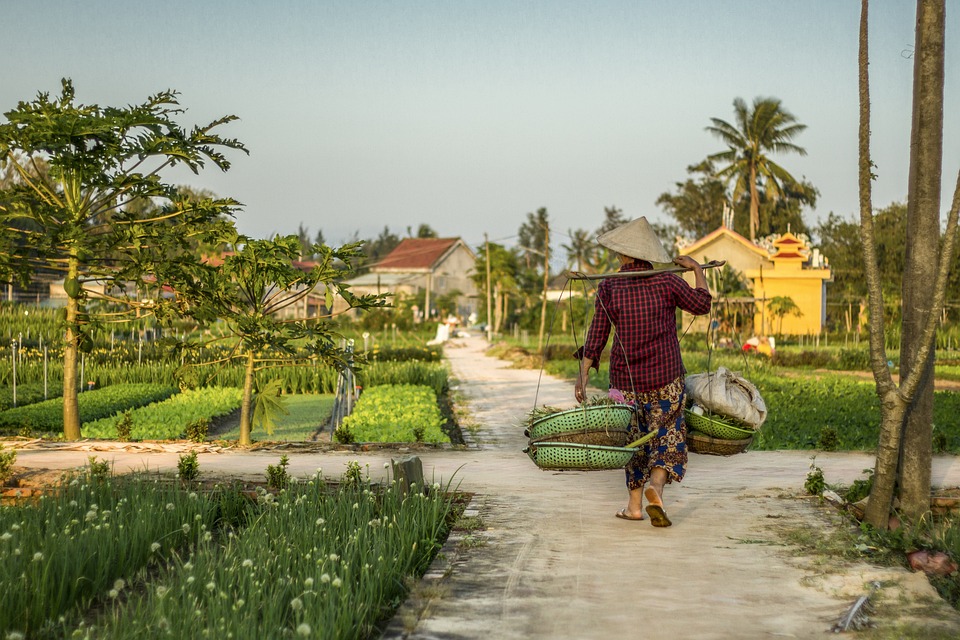Introduction
Teruel, a small town in the Aragon region of Spain, is known for its rich history and unique cultural traditions. One of the most fascinating aspects of Teruel’s culture is the way in which its festivals and celebrations have evolved over time, blending elements of tradition with modernity. In this article, we will explore the evolution of Teruel’s festivals and celebrations and the ways in which the town has managed to preserve its heritage while embracing the future.
Historical Background
Teruel has a long and storied history, dating back to the medieval period. The town was once a strategic stronghold for the Muslim rulers of Spain, and its ancient walls and architecture still bear witness to this period of its past. Over the centuries, Teruel has been influenced by Christian, Muslim, and Jewish cultures, creating a unique blend of traditions and customs that are still evident in the town today.
Traditional Festivals
One of the most important traditions in Teruel is the celebration of the town’s patron saints, San Salvador and Santa Maria. Every year, on the feast days of these saints, the streets of Teruel come alive with parades, music, and dancing. The traditional costumes worn by the participants are a beautiful sight to behold, with intricate embroidery and brightly colored fabrics that harken back to a bygone era.
Another important tradition in Teruel is the celebration of Semana Santa, or Holy Week. This religious festival is marked by elaborate processions through the streets, with participants carrying statues of the Virgin Mary and other religious figures. The sound of church bells and the smell of incense fill the air, creating a somber and reverent atmosphere that is truly unique to Teruel.
Modern Celebrations
In recent years, Teruel has seen a shift towards more modern celebrations and festivals that cater to a younger and more diverse population. One example of this is the annual Teruel Mudejar Festival, which celebrates the town’s rich architectural heritage. During this festival, visitors can enjoy concerts, art exhibitions, and guided tours of the town’s historic buildings, showcasing the unique blend of Moorish and Christian architecture that defines Teruel.
Another popular modern celebration in Teruel is the La Vaquilla del Angel, a wild and raucous festival that takes place in July. During this festival, participants dress up in elaborate costumes and run through the streets chasing a fake bull, symbolizing the town’s victory over the Moorish invaders centuries ago. The festival culminates in a grand fireworks display and a massive street party that lasts well into the night.
Preserving Tradition
Despite the shift towards more modern celebrations, Teruel has managed to preserve many of its traditional customs and rituals. The town’s residents take great pride in their cultural heritage and work hard to ensure that these traditions are passed down from generation to generation. This is evident in the elaborate costumes worn during the town’s festivals, as well as the intricate dance routines and music that accompany these celebrations.
One way in which Teruel has been able to preserve its traditions is through the use of cultural associations and heritage organizations. These groups work tirelessly to promote and preserve the town’s unique cultural heritage, organizing events and activities that showcase the best of Teruel’s traditions. Through their efforts, the town is able to celebrate its past while also looking towards the future.
Conclusion
Teruel’s festivals and celebrations are a true reflection of the town’s rich history and unique cultural heritage. By blending elements of tradition with modernity, the town has managed to create a vibrant and dynamic cultural scene that attracts visitors from around the world. Whether you are interested in ancient traditions or modern celebrations, Teruel has something to offer for everyone. As the town continues to evolve and grow, it will be fascinating to see how its festivals and celebrations continue to adapt to the changing times.
